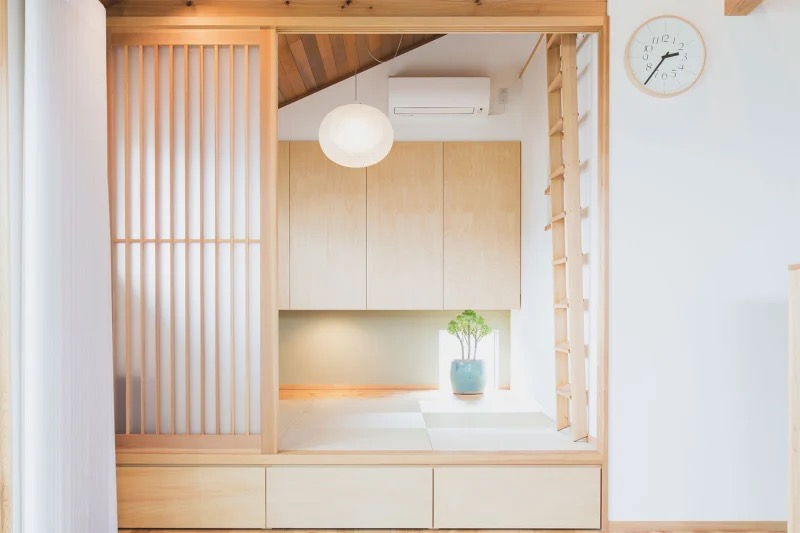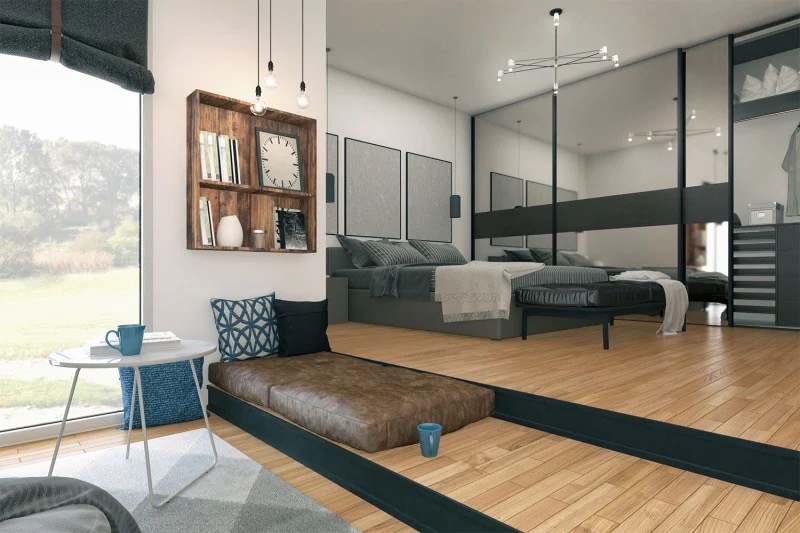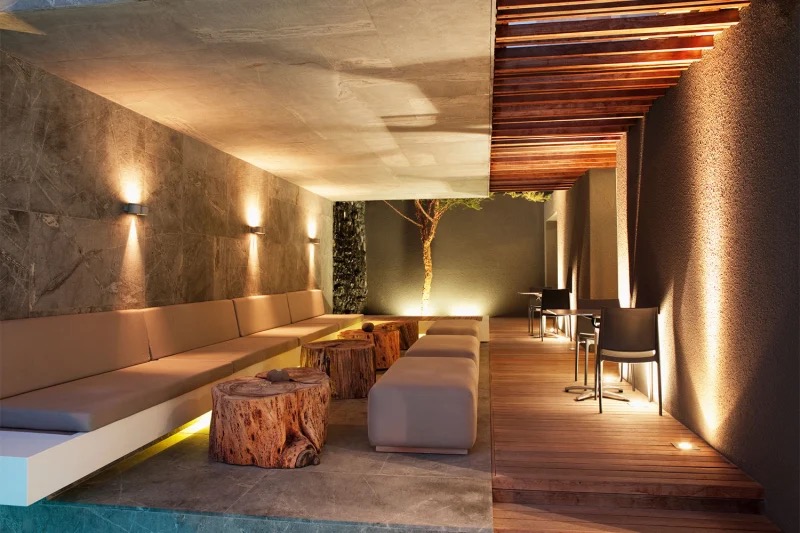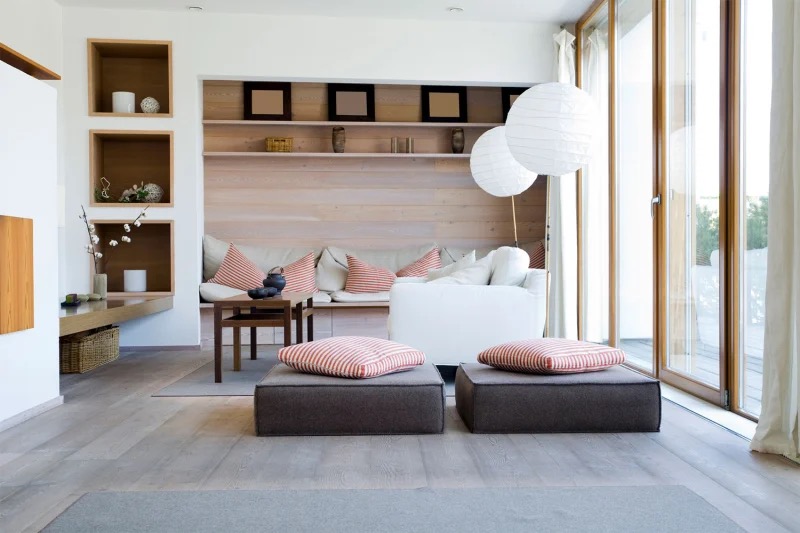Western nations have forever been fascinated by the East. From the way of life to the food, Asian impact has been felt in all parts of life for a really long time. In any case, barely any spots an affect our homes as Japan. The nation has been driving the way for the contemporary reconsidering of numerous exemplary styles while remaining consistent with the center standards of making homes that consider a profound association with nature.

Standards
With such a rich history, covering the whole development of Japanese private engineering in only one post is unimaginable. While the style of homes might have changed throughout the long term (and millenia even), the center rules that drive the plans have stayed unaltered. These center standards motivated early American draftsmen in the beginning of the twentieth hundred years and, thus, affected home plan here in the United States for quite a long time into the future.

Current Japanese Style
Honest Lloyd Wright was exceptionally affected by a few visits to Japan in the mid 1900s. Referring to it as “the most heartfelt, imaginative, nature-roused country on the planet,” Wright’s profound deference for Japanese culture was reflected in his making of the grassland style home and later his Utopian homes. While Wright might have been quite possibly the earliest draftsman to embrace Japanese standards, he was not even close to the last. The significance of involving the home as an extension to fabricate a more profound and more significant association with the regular habitat has impacted virtually every style of the cutting edge period.
Regard for nature isn’t just about making an emblematic association. Japanese plan likewise centers around regarding the materials utilized. This implies utilizing regular materials whenever the situation allows and utilizing strategies that improve those materials. From singing wood through the Shou Sugi Ban strategy to consolidating stone and cement in imaginative ways, nature generally comes first in current Japanese plan.

Engineering
It might appear to be that Japanese engineering is not difficult to detect. All things considered, the nation is loaded up with notorious sanctuaries and places of worship with the improved rooftop corners or homes in the wide open with shoji screens entryways. Yet, those designs are the Japan of the past. Very much like you can’t contrast the sanctuaries of Rome with the cutting edge houses all through Italy, you can’t contrast notable Japanese engineering and the structures of today.
While the center standards driving plan in Japan might not have changed for a really long time, the style positively has. Here in the U.S., consolidating current Japanese plan implies making a quieting space, produced using regular materials, loaded up with normal light, and integrating a moderate stylish.
Present day homes have the advantage of being bigger and more open than homes of the past, permitting the planner to go past unadulterated usefulness, improving the experience of individuals residing there. Open-plan spaces make a feeling of course through the home. The rooms are characterized by various floor levels instead of walls. The lounge room is much of the time the absolute bottom in the house with the feasting and sitting regions on a transitional level and the room at the most elevated level. This takes into consideration the family room to be the biggest and most open space while the room, with its high floor nearer to the roof, turns into a more private region.
Numerous contemporary Japanese-enlivened homes look like present day moderation. Mathematical structures are stacked unevenly to make visual interest. The rooftop is typically dark to make stand out from the strong white walls. Like moderate homes, the rooftop line is many times level to proceed with the mathematical structure, albeit an exceptionally slight pitch is some of the time used to put a contemporary bend on the customary hip top of old Japanese homes.

Evenness and outwardly adjusted structures are a significant part of present day Japanese engineering. This doesn’t mean wonderful evenness, for example, what one would track down in exemplary American colonials, yet rather an equilibrium of positive and negative space. An outside porch will frequently have a similar size impression as the home, making a concordance among indoor and open air spaces in an impression of yin and yang, or Onmyōdō as it is brought in Japan.
The rule of nature being a main impetus behind the plan of homes comes from the strict convictions of Japan. Both Shinto and Buddhism put significance on loving nature. This implies homes should have a simple association with the outside. Huge windows let normal light channel in, and homes will consolidate a veranda or open air garden space that is gotten to through a contemplation or “quiet” room.
With origami being a major piece of Japanese culture, numerous contemporary engineers have tracked down ways of integrating this into home plan. Overlap out things like racking, work areas, couches, and beds help to increment usefulness in more modest homes while origami-motivated lighting is a well known decision for making an emotional point of convergence in regions like the doorway or lounge area.
Furniture, Colors, Patterns
Keeping with serious areas of strength for an on nature, wood — particularly cedar and bamboo — is a dominating material in current Japanese plan. From presented roof shafts to ground surface to furniture, crude wood is utilized wherever it very well may be. To add strength and visual differentiation, the wood is some of the time treated utilizing the Shou Sugi Ban strategy, albeit most frequently this is held for outside utilizes. In moderate Japanese plans, the darkened wood can be utilized as a point of convergence in a generally all-white room.
To adjust the wood, stone is likewise utilized in overflow. Stone deck in “wet regions” like the kitchen and washroom address the normal connection among earth and water. The running of a fixture helps tenants to remember the force of water and the manner in which it can shape stone after some time. Adjusted components really must like this be involved all through the home as a method for respecting nature.
The colorway of present day Japanese homes is – nothing unexpected – propelled by the shades of nature. All that from tans and browns to grays and whites can be utilized to address the trees, the earth, and the mountains. Conceals will more often than not lean gentler, making an inviting space that is splendidly lit. Pops of brilliant varieties are typically kept to a base, like Scandinavian stylistic layout. A couple of plants add life and vegetation to the space while things like pads and toss cushions are finished in dark red – a significant variety in Japanese plan that addresses strength, energy, and karma.
Math and evenness assume similarly as outside. Tall roofs and windows are adjusted by low furniture pieces. The thought behind stage beds and floor pads is to keep individuals grounded. It’s additionally an incredible method for permitting however much light into a space as could reasonably be expected — low profile furniture doesn’t hinder the windows however much different pieces like high-back wing seats or a tall headboard.
The shoji screen pattern of the 1990’s might have passed here in the U.S., yet their wonderful mathematical lines are still in design. Today, the example is in many cases reproduced in window mullions – a style that is utilized in everything from metropolitan lofts to rural mountain lodges. The mathematical shape and evenness of this style of window is remembered to carry smoothness to the psyche, making a more zenful energy all through the home.
Math and evenness assume similarly as outside. Tall roofs and windows are adjusted by low furniture pieces. The thought behind stage beds and floor pads is to keep individuals grounded. It’s likewise an extraordinary method for permitting however much light into a space as could reasonably be expected — low profile furniture doesn’t obstruct the windows however much different pieces like high-back wing seats or a tall headboard.
The shoji screen pattern of the 1990’s might have passed here in the U.S., yet their wonderful mathematical lines are still in design. Today, the example is in many cases reproduced in window mullions – a style that is utilized in everything from metropolitan lofts to rural mountain lodges. The mathematical shape and evenness of this style of window is remembered to carry smoothness to the psyche, making a more zenful energy all through the home.